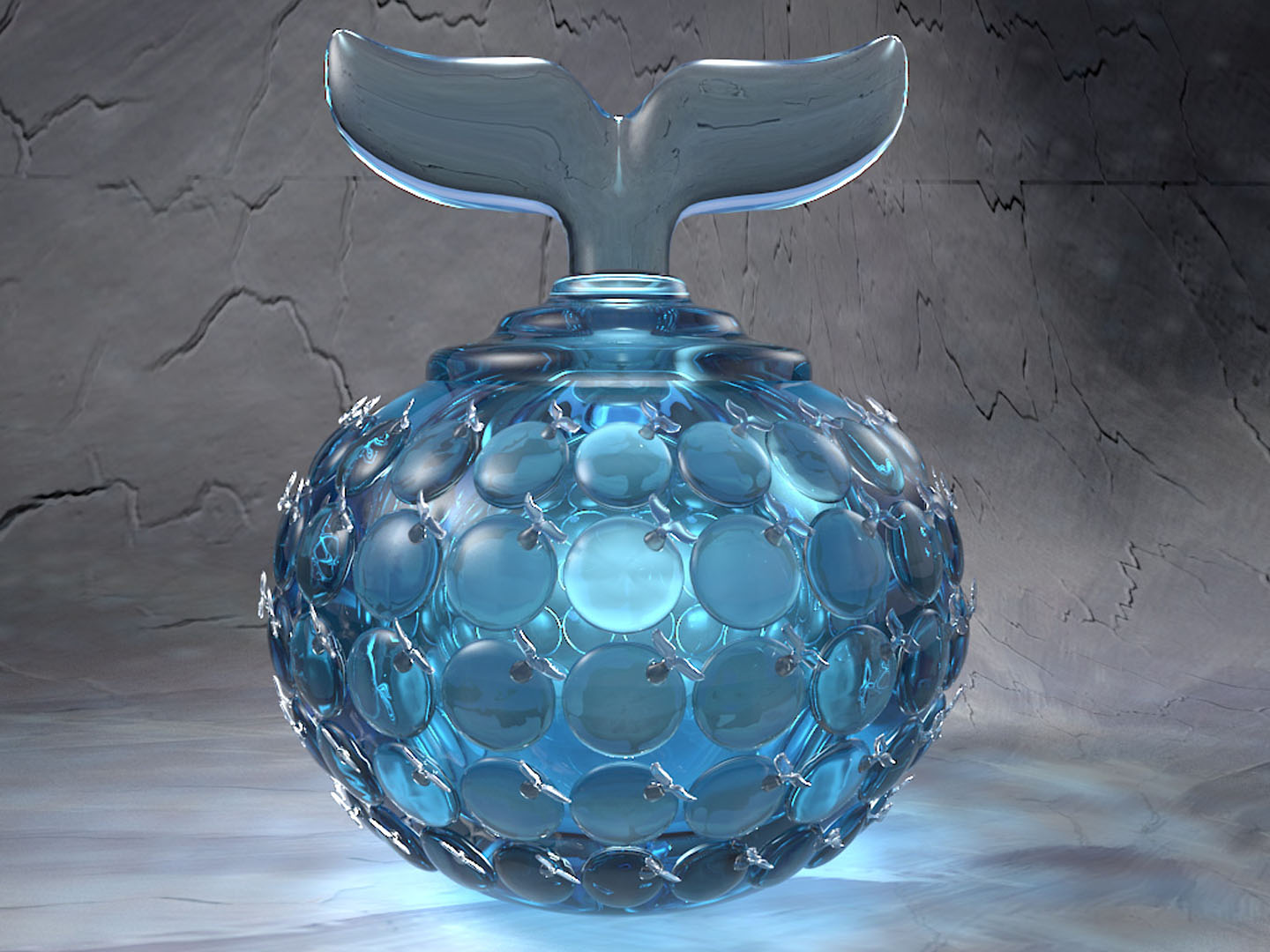“Shell maps” by Porumbescu, Budge, Feng and Joy
Conference:
Type(s):
Title:
- Shell maps
Presenter(s)/Author(s):
Abstract:
A shell map is a bijective mapping between shell space and texture space that can be used to generate small-scale features on surfaces using a variety of modeling techniques. The method is based upon the generation of an offset surface and the construction of a tetrahedral mesh that fills the space between the base surface and its offset. By identifying a corresponding tetrahedral mesh in texture space, the shell map can be implemented through a straightforward barycentric-coordinate map between corresponding tetrahedra. The generality of shell maps allows texture space to contain geometric objects, procedural volume textures, scalar fields, or other shell-mapped objects.
References:
1. Bernd, M., and Plassmann, P. 2000. Mesh Generation. North Holland, Amsterdam, 291-332.Google Scholar
2. Blinn, J. F., and Newell, M. E. 1976. Texture and reflection in computer generated images. ACM Communications 19, 10, 542–547. Google ScholarDigital Library
3. Blinn, J. F. 1978. Simulation of wrinkled surfaces. In Computer Graphics (SIGGRAPH ’78 Proceedings), ACM Press, 286–292. Google ScholarDigital Library
4. Brown, P. J. C., and Faigle, C. T. 1997. A robust efficient algorithm for point location in triangulations. Tech. rep., Cambridge University, February.Google Scholar
5. Cabral, B., Cam, N., and Foran. J. 1994. Accelerated volume rendering and tomographic reconstruction using texture mapping hardware. In VVS ’94: Proceedings of the 1994 Symposium on Volume Visualization, ACM Press, 91–98. Google ScholarDigital Library
6. Chen, Y., Tong, X., Wang, J., Lin. S., Guo, B., and Shum, H.-Y. 2004. Shell texture functions. ACM Transactions on Graphics 23, 3 (August), 343–353. Google ScholarDigital Library
7. Cohen, J., Varshney, A., Manocha, D., Turk, G., Weber, H., Agarwal, P., Brooks, F., and Wright, W. 1996. Simplification envelopes. In Computer Graphics (SIGGRAPH ’96 Proceedings), ACM Press, New Orleans, LA, 119–128. Google ScholarDigital Library
8. Cook, R. L., Carpenter, L., and Catmull, E. 1987. The REYES image rendering architecture. In Computer Graphics (SIGGRAPH ’87 Proceedings), M. C. Stone, Ed., 95–102. Google ScholarDigital Library
9. De Berg, M., Van Kreveld. M., Overmars, M., and Schwarzkopf, O. 2000. Computational Geometry Algorithms and Applications, 2 ed. Springer. Google ScholarDigital Library
10. Ebert. D. S., Musgrave, F. K., Peachey, D., Perlin, K., and Worley, S. 2003. Texturing & Modeling A Procedural Approach, 3 ed. Morgan Kaufmann Publishers. Google ScholarDigital Library
11. Erleben, K., and Dohlmann, H. 2004. The thin shell tetrahedral mesh. In The 13’th Danish Conference on Patteren Recognition and Image Processing, S. I. Olsen, Ed., 94–102.Google Scholar
12. Farin, G. 1998. Curves and Surfaces for Computer Aided Geometric Design, 5 ed. Academic Press, Boston. Google ScholarDigital Library
13. Guibas, L., and Stolfi, J. 1985. Primitives for the manipulation of general subdivisions and the computation of Voronoi. ACM Transactions on Graphics 4, 2, 74–123. Google ScholarDigital Library
14. Jensen, H. W. 2001. Realistic Image Synthesis Using Photon Mapping. AK Peters. Google ScholarDigital Library
15. Kajiya, J. T., and Kay, T. L. 1989. Rendering fur with three dimensional textures. In Computer Graphics (Proceedings of SIGGRAPH 89), vol. 23, 271–280. Google ScholarDigital Library
16. Kirkpatrick, D. G. 1983. Optimal search in planar subdivisions. SIAM Journal on Computing 12, 28–35.Google ScholarCross Ref
17. Levoy, M. 1988. Display of surfaces from volume data. IEEE Comput. Graph. Appl. 8, 3, 29–37. Google ScholarDigital Library
18. Meyer, A., and Neyret, F. 1998. Interactive volumetric textures. In Rendering Techniques ’98, Springer-Verlag Wien New York, G. Drettakis and N. Max, Eds., Eurographics, 157–168.Google Scholar
19. Neyret, F. 1998. Modeling, animating, and rendering complex scenes using volumetric textures. IEEE Transactions on Visualization and Computer Graphics 4, 1, 55–70. Google ScholarDigital Library
20. Peng, J., Kristjansson, D., and Zorin, D. 2004. Interactive modeling of topologically complex geometric detail. ACM Transactions on Graphics 23, 3 (August), 635-643. Google ScholarDigital Library
21. Peng, J. 2004. Thick Surfaces: Interactive Modeling of Topologically Complex Geometric Details. PhD thesis, New York University. Google ScholarDigital Library
22. Perlin, K., and Hoffert, E. M. 1989. Hypertexture. In Computer Graphics (SIGGRAPH ’89 Proceedings), ACM Press, 253–262. Google ScholarDigital Library
23. Sarnak, N., and Tarjan, R. E. 1986. Planar point location using persistent search trees. Communications of the ACM 29, 669–679. Google ScholarDigital Library
24. Smits, B. E., Shirley, P., and Stark, M. M. 2000. Direct ray tracing of displacement mapped triangles. In Proceedings of the Eurographics Workshop on Rendering Techniques 2000, Springer-Verlag, 307–318. Google ScholarDigital Library
25. Wang, X., Tong, X., Lin, S., Hu, S., Guo, B., and Shum, H.-Y. 2004. Generalized displacement maps. In Eurographics Symposium on Rendering, H. W. Jensen and A. Keller, Eds. Google ScholarDigital Library
26. Warren, J., Schaefer, S., Hirani, A. N., and Desbrun, M. 2003. Barycentric coordinates for convex sets. Tech. rep., Rice University.Google Scholar
27. Westermann, R., and Ertl, T. 1998. Efficiently using graphics hardware in volume rendering applications. In Computer Graphics (SIGGRAPH ’98 Proceedings), ACM Press, 169–177. Google ScholarDigital Library
28. Yezzi, A. J., and Prince, J. L. 2002. A PDE approach for thickness, correspondence, and gridding of annular tissues. In ECCV ’02: Proceedings of the 7th European Conference on Computer Vision-Part IV, Springer-Verlag, 575–589. Google ScholarDigital Library




